I wonder how many people can actually answer the following questions with complete honesty.
Do you know your neighbor? I am not asking if you know what car he drives or how big their house is or how irritating their kids are. I am asking:” Do you know your neighbor’’? Their first names, how old their kids are and what kind of work they do or where they are from? When was the last time you peeked over the wall and said:’’ Good morning to you, neighbor. How are you today?”
In today’s times, a neighborly friendship is a very rare occurrence. We live such secluded lives and don’t want anybody to enter our comfort zones.
To teach you about neighborly love we are visiting the rugged beauty of Damaraland in the North-west of Namibia.
I want to first tell you about the highlights of the area. A legend at whose feet you must bow is the ‘White Lady’ Bushman painting in the highest mountain in Namibia, the Brandberg. There are over 1000 caves or better known as rock shelters in the mountain which house approximately 45 000 bushman engravings. There is more art ‘under one roof’ than in some museums in the world, yet we pay thousands of dollars to fly across the globe to visit museums and view drawings of famous artists.
The Petrified Forest which is more than 280 million years old is an attraction not to be missed. Why? For starters its old, full stop. More than 200 million years old. Tree trunks are fossilized and visible above ground level.
Another attraction not to miss is the Vingerklip or in English the “Rock Finger.” A limestone tower which is the result of years of gneiss, limestone, marble and quartzite erosion.
Now that you know about some of the attractions in the area, let’s look at the people. Just as you will find different ethnics group living in an area in the city, Damaraland is no different.
Cultures I would like to highlight who inhabit the area are the Damara people, Ovahimba and Hereros.
Damara people, hence the name Damaraland. They make up about 9 % of Namibia’s population and speak the Khoekhoe language, but very little is known about their origin.
The Himbas or better known as Ovahimba consists of about 20 000 to 50 000 people. They are a unique and interesting ethnic group who live out their passion by wearing make-up all over their bodies. They love different kinds of interesting jewelry just as much as city girls. The difference is, to them it is a signature. It is who they are.
The Hereros make up a total of 250 000 people and they speak the Herero language. Their attire is very colorful with colonial like big dresses. The men are also very stylish dressers and very proud of what they look like.
If you look at the attribute of the tribes, you will see they are very different from each other. One thing they have in common is that they are neighbors. They share one area and live in harmony with each other.
They will pass each other on a donkey cart kicking up dust on the gravel road leading to the nearest town. You will see smiling faces and hands sticking out above the donkey’s ears as they wave and pass each other.
When a fire threatens to destroy the area, they stand together to fight the disaster heading towards them. All tribes, no matter from which ethnic group, will jump in to help.
They share their knowledge with each other when crossing paths looking for a lost goat. The one will teach the other how to fix his goat enclosure so it doesn’t wander off onto greener pastures.
By many, some of these ethnic groups are seen as the poorest in Namibia. I say they are rich. They know what it is to extend a hand to one another without expecting something in return.
They know how to say the words: “Hello Neighbor.”
The figures stated in this articles has been derived from Wikipedia.
Jessica Thomas is a local freelance writer. She is an eccentric young lady who has a love affair with writing. Get on board her journey of discovery.

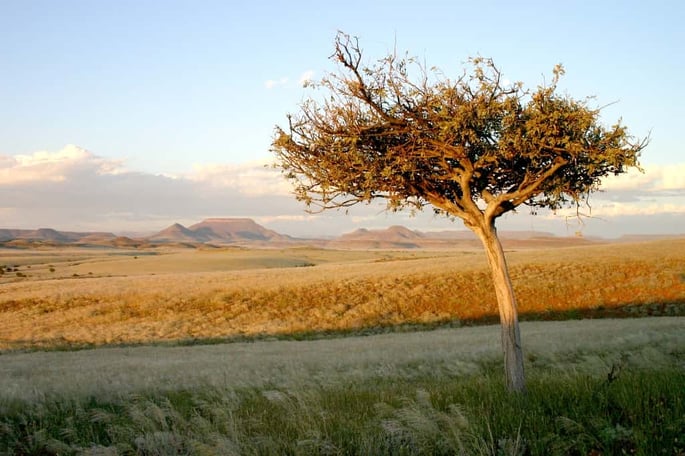
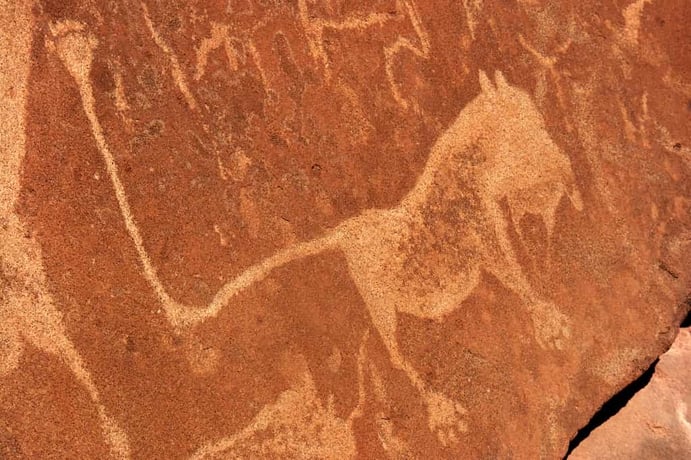
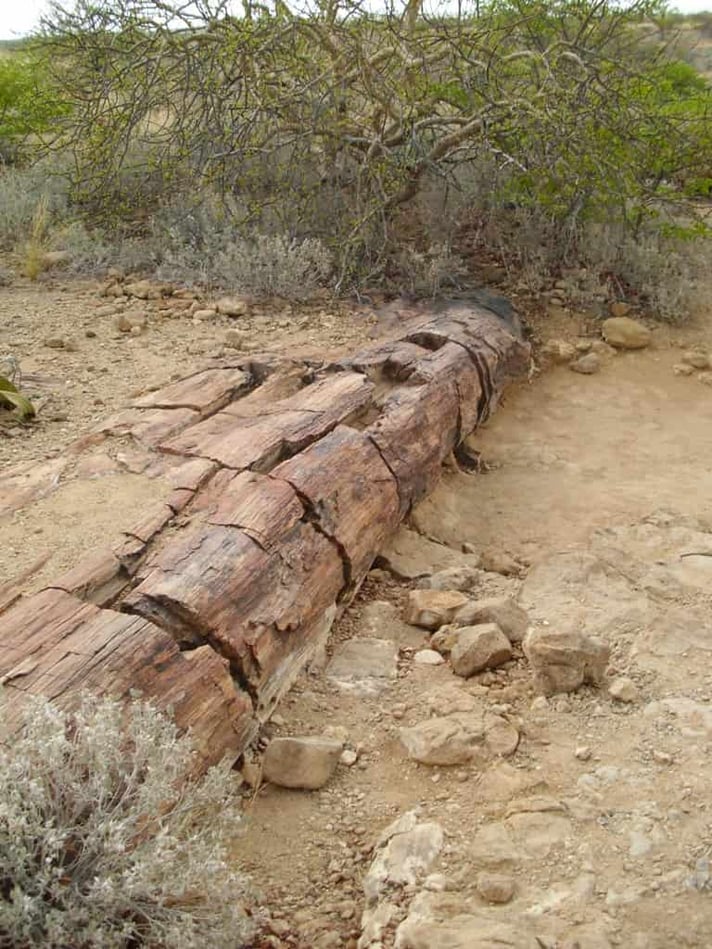
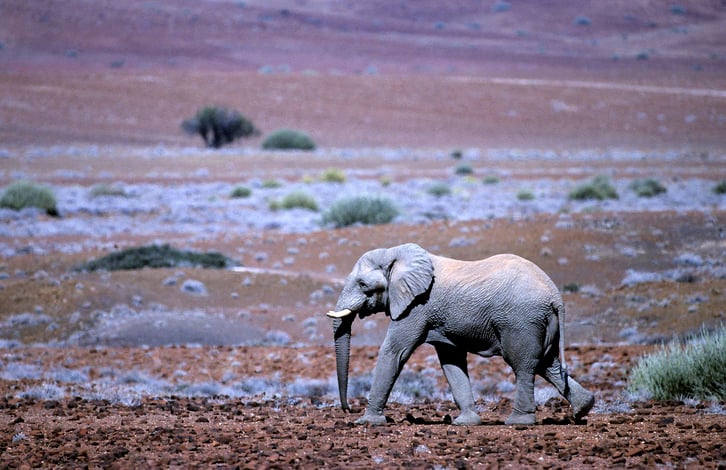

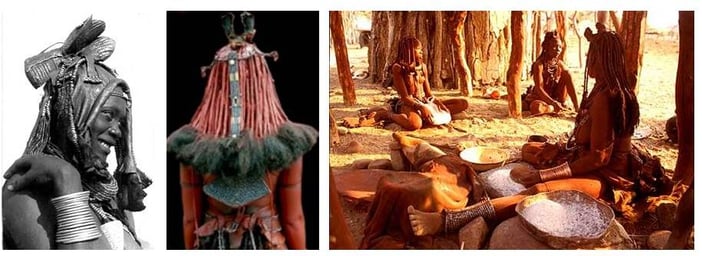

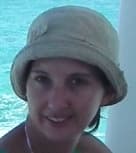
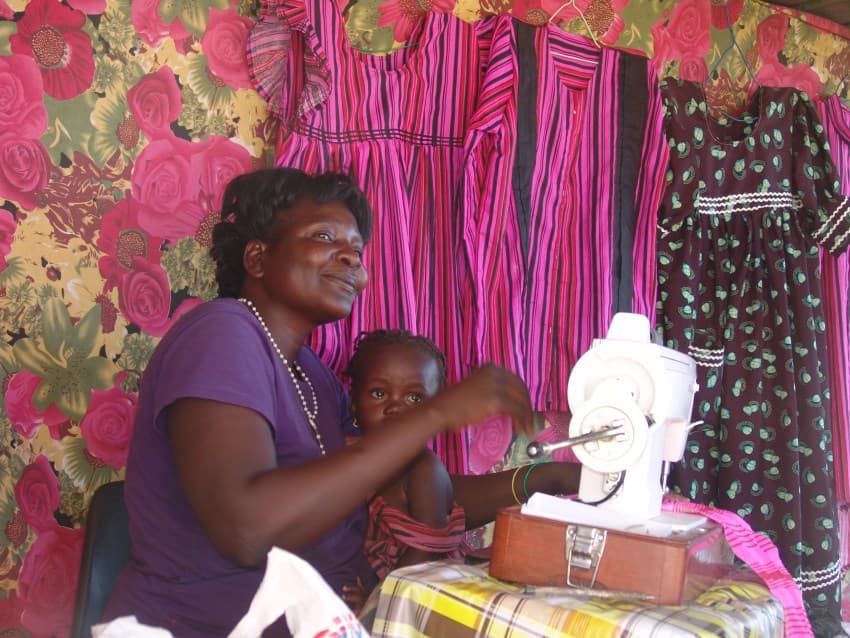
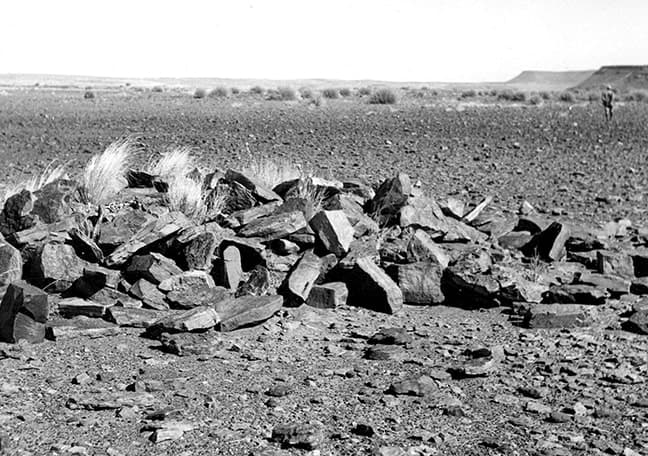

SUBMIT YOUR COMMENT